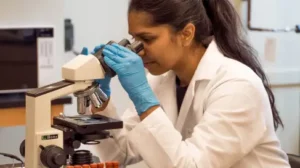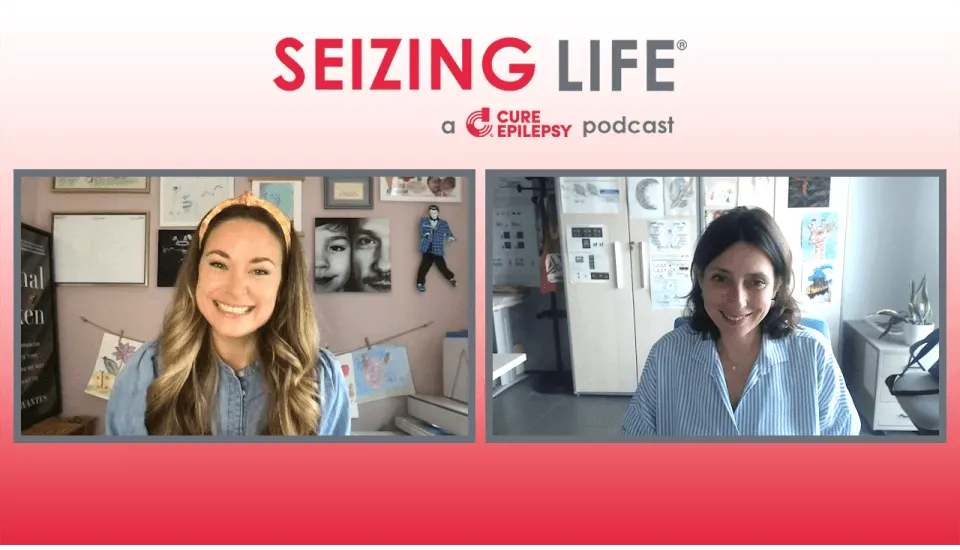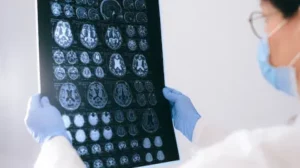Therapy for Dravet Syndrome: Split Gene Therapy Delivers Promise in Mice Modeling Dravet Syndrome
A potential new gene therapy for Dravet syndrome increases survival and prevents seizures, according to initial tests in mice. SCN1A, the gene altered in most people with Dravet syndrome, encodes a sodium ion channel that is essential for brain cells called interneurons to fire and transmit signals. In a recent study, researchers engineered two viruses, each carrying a portion of a therapeutic version of the SCN1A gene, and selectively targeted them to interneurons. These cells then translated the two halves of the gene and fused them to form the complete protein.
Half of the mice missing one portion of the SCN1A gene died from seizures within a few months of birth, but administering the dual virus into the animals completely prevented premature death.
Dravet syndrome model mice—like people with the condition—are prone to heat-induced seizures, which are sometimes fatal. When the researchers increased the body temperature of treated mice, they all appeared to remain healthy, whereas more than half of the untreated mice had seizures. The dual virus approach also reduced spontaneous seizures.
Despite these promising results, there are problems to solve before the viruses can be given to people. Future research to establish the minimum therapeutic dose and targeting specific brain regions could reduce the amount of virus needed. Provided the dual virus can be delivered in safe quantities, it might one day be given to children with Dravet syndrome in combination with other therapeutic approaches to treat seizures.






